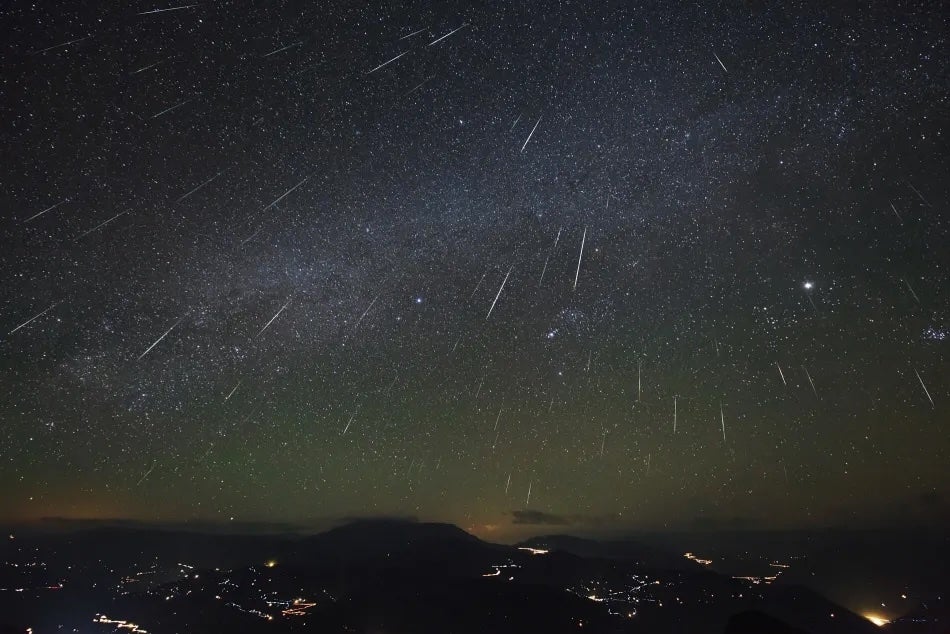One of the best meteor showers of the year kicked off on Tuesday night.
The annual Geminid meteor shower starts in mid-November and runs through Christmas Eve.
The stunning celestial display typically peaks in mid-December. This year, skywatchers can expect the shower’s peak around December 13, according to EarthSky.
Under ideal viewing conditions – without the interference of the moon and light pollution or cloud cover – people may see as many as 120 meteors per hour. This year, a bright moon will likely interfere with Earth’s view. Although, a large number of bright meteors should still be visible during the peak.
Around the globe, the shower is best viewed during the evening and pre-dawn hours. NASA says people should lie on their backs and look up at the sky in an area away from city or street lights. After about 30 minutes in the dark, human eyes adapt.
The shower is best visible from the Northern Hemisphere. In the US, Americans should head out later in the evening to early in the morning. The shower peaks at around 2 a.m., according to the The Old Farmer’s Almanac.
The Geminds are expected to be most visible along the East Coast.
The meteors are fast and bright, with a yellow or greenish hue due to their chemical composition.
“They’re pretty meteors!” Bill Cooke, lead for the Meteoroid Environment Office at NASA’s Marshall Space Flight Center, said last year.
They can generally be seen all over the sky and are debris from an asteroid known as 3200 Phaeton. Meteors come from comets and asteroids that leave trails of debris. When the Earth passes through these debris trails, the debris collides with our atmosphere, creating streaks in the sky as they disintegrate.

3200 Phaethon was discovered in 1983, and is named after the Greek mythology character who drove the sun-god Helios’ chariot. The asteroid is small, with a diameter of just over three miles.
On Earth, the Geminids appear to come from the constellation Gemini, which was the inspiration for the name of the shower.
“The constellation is not the source of the meteors. Also, you should not look only to the constellation of Gemini to view the Geminids – they are visible throughout the night sky,” NASA instructs.







